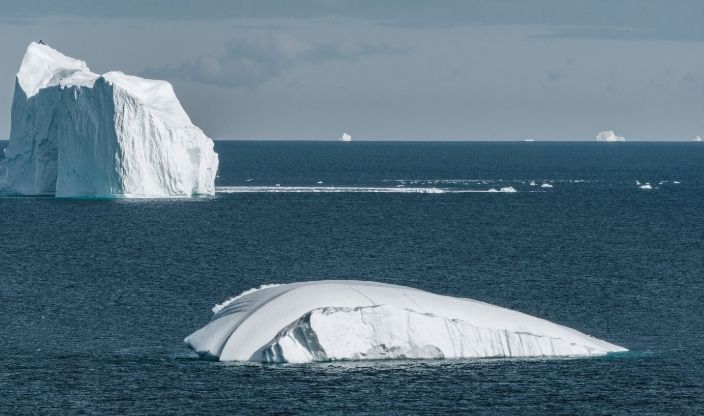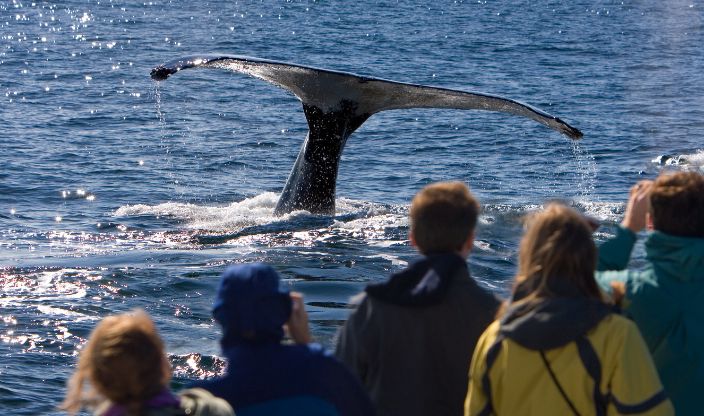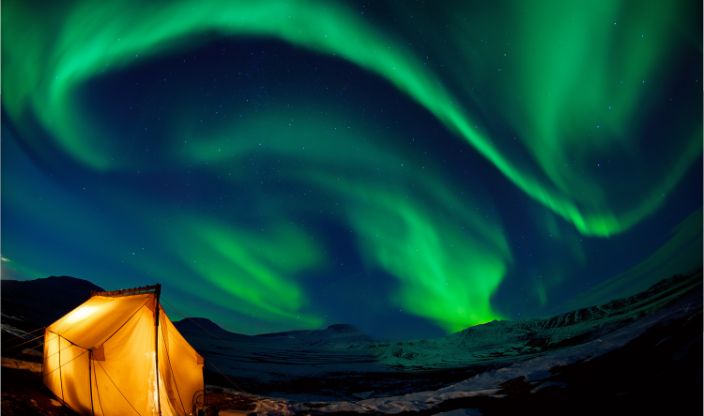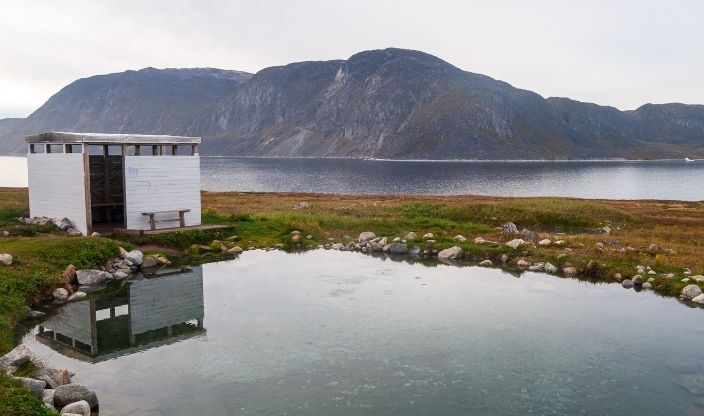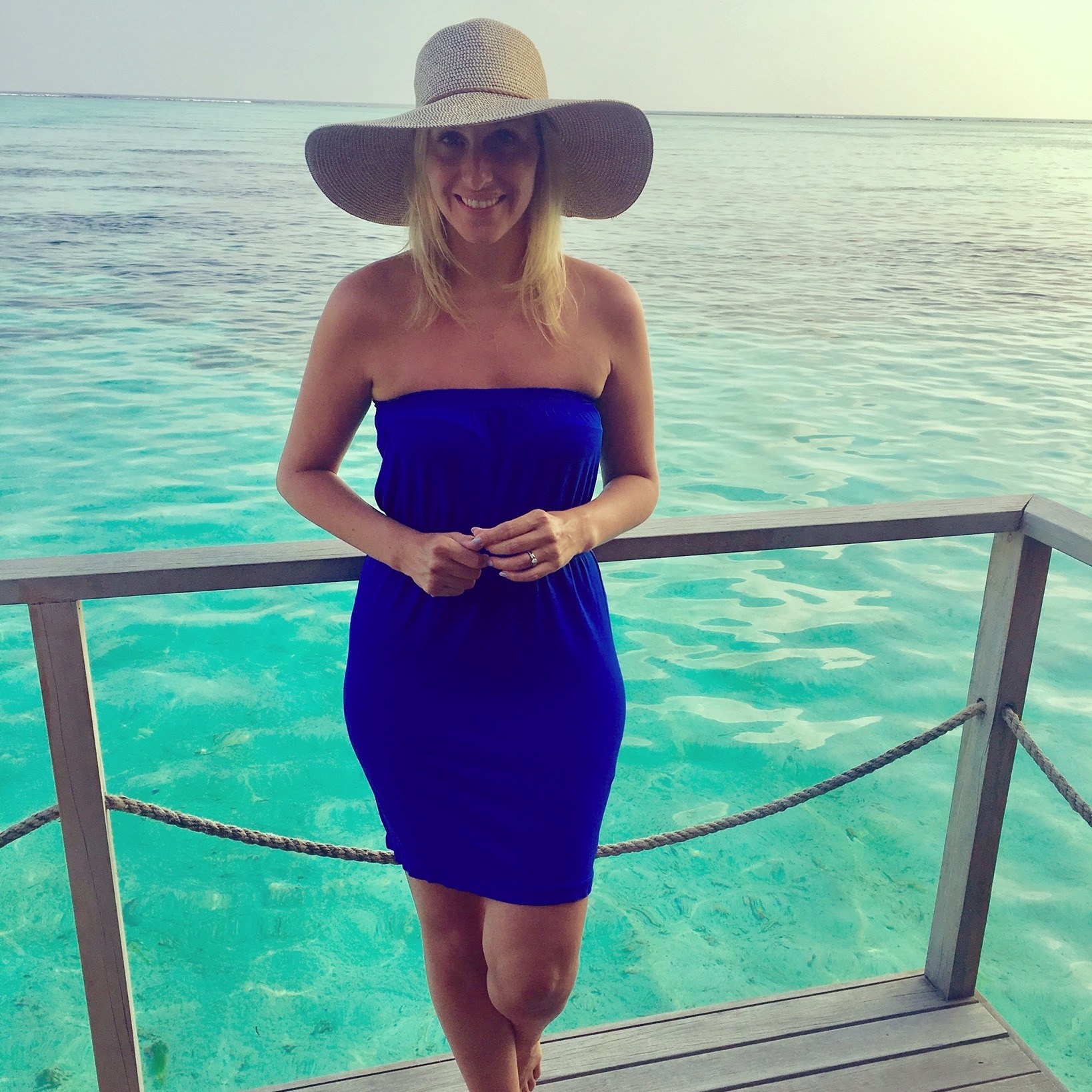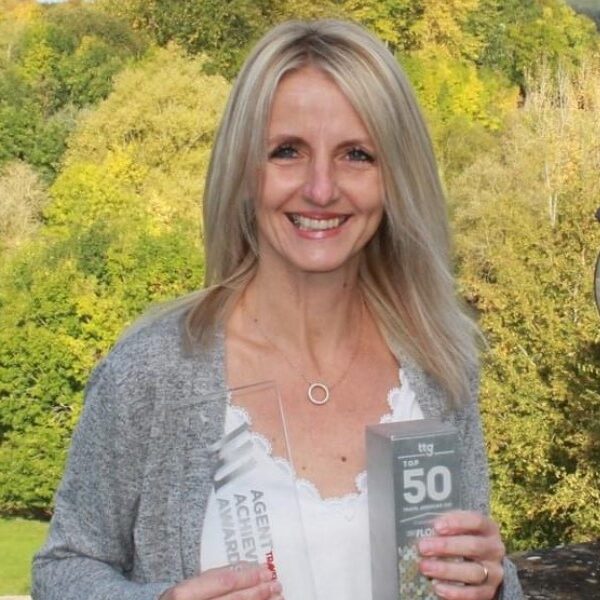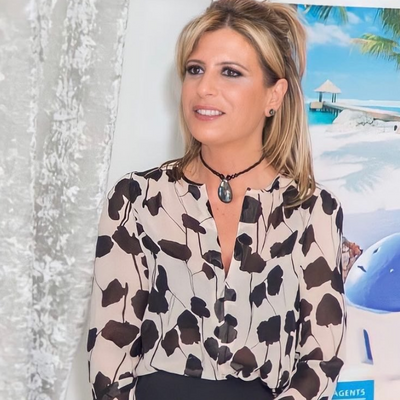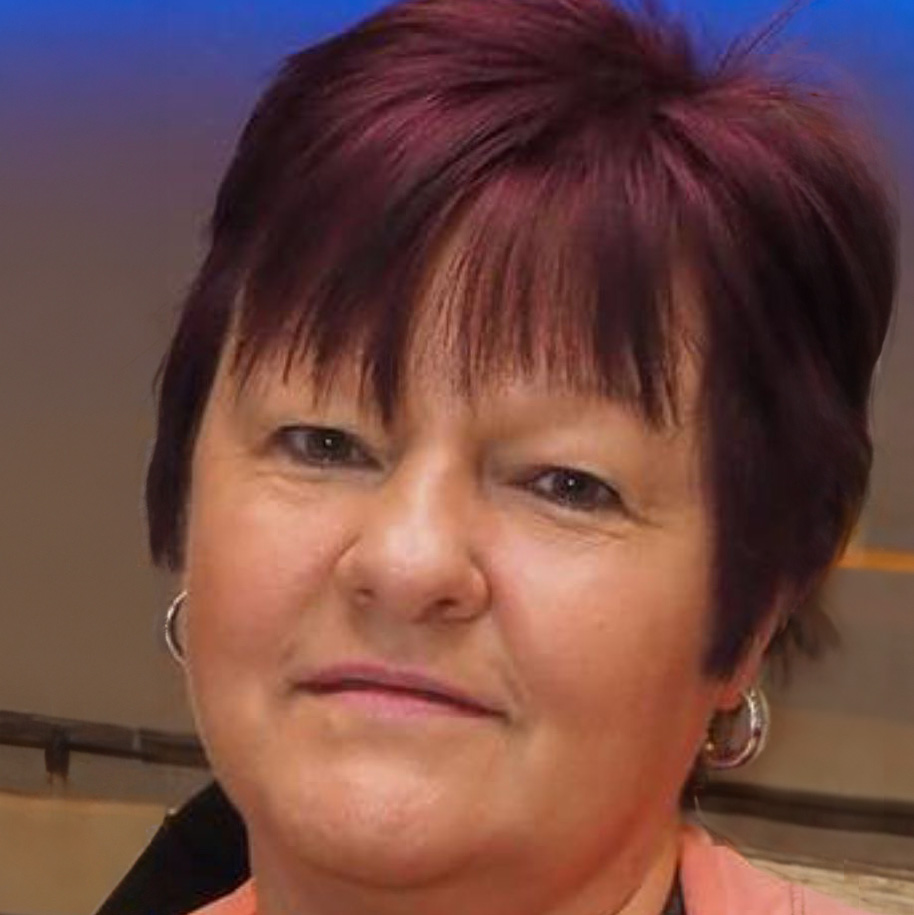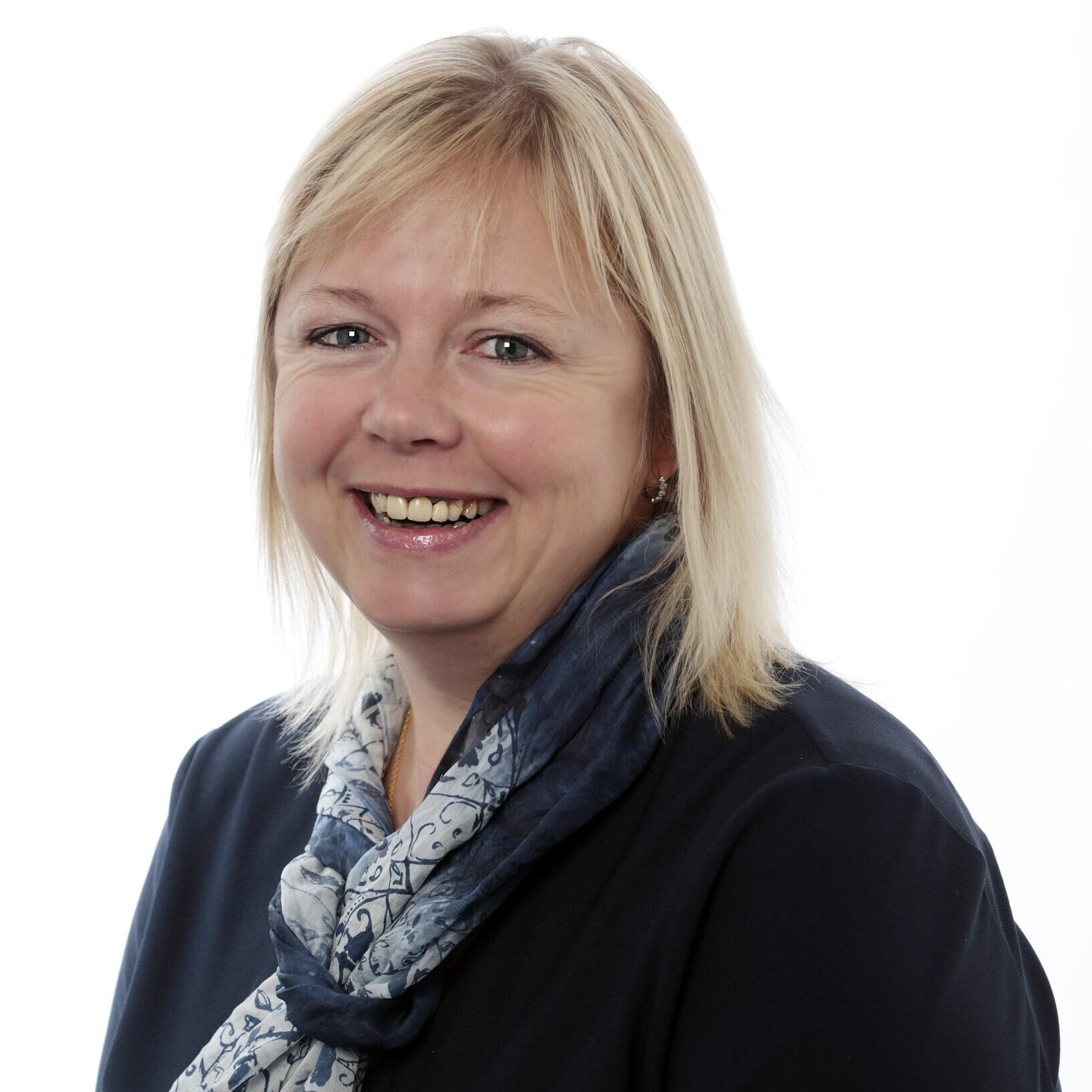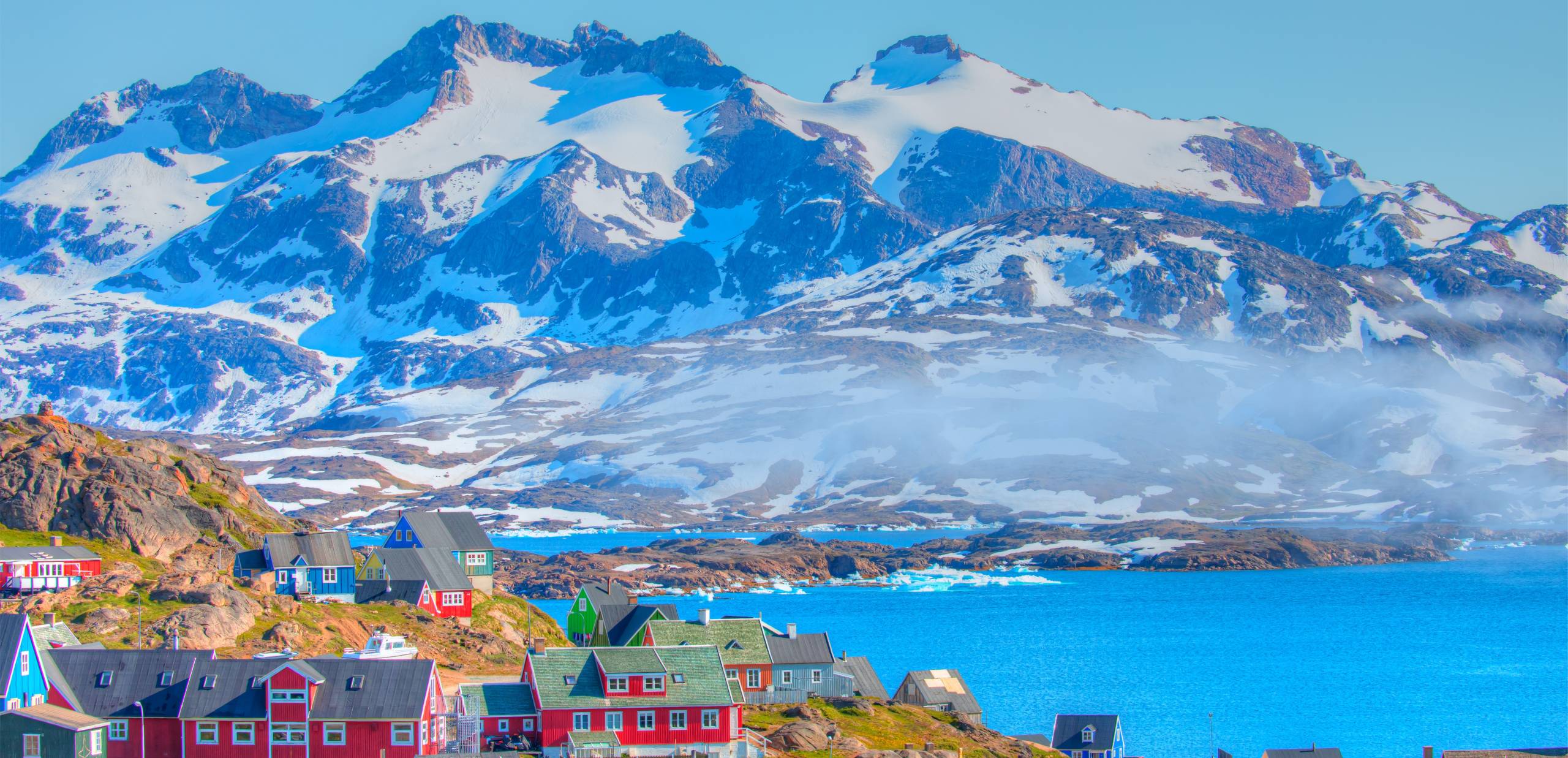Introducing Greenland
The world’s biggest non-continental island, Greenland, is a part of the Danish Kingdom and has a long history and rich culture with the Nordic countries.
The natural splendour, its storied past, and impressive culture of Greenland are just a few of the myriad of reasons to travel there. One of the most intriguing places on earth, Greenland has a wealth of natural wonders that should be experienced. Explore the Arctic landscape and glaciers, go whale watching in Vesteralik Fjord, see the amazing Northern Lights in Kangerlussuaq and Ilulissat, go canoeing on Kangerlussuaq Fjord, and have fun trekking in Ilulissat to uncover its charms.
Discoveries await you among the verdant mountains covered with lovely wildflowers, spectacular fjords, hot springs, and clean pure air.
On the North American continent, Greenland is situated east of the Canadian Arctic Archipelago. In terms of size, Greenland is the largest island in the world that is not a continent. With other outlying islands included, Greenland has an overall area of 2.16 million square kilometres (836,330 square miles). A polar ice cap covers around 80% of the land area. Despite being a small portion, the ice-free area is nevertheless around the size of Sweden. It is one of the least populated countries in the world, with an estimated 56,600 people.
The best time to travel to Greenland is either between December and March or June and September. Although Greenland has four different seasons, the winter and summer months are when visitors flock to this interesting country. The Northern Lights, which appear in Greenland’s darkened skies after sunset from September to April, are the big attraction during the country’s icy Arctic winters. The occurrence of the “midnight sun” and higher temperatures that make it easier to navigate fjords and improve the likelihood of seeing wildlife happens throughout the summer.
Greenland’s cuisine is less about fine dining option but more about choosing foods to help battle the strong winters.
Some of their most notable foods include:
Mattak: Mattak refers to the skin and inner fat layer of a whale, a common delicacy in Greenland and a longstanding favourite of the local population. Mattak is frequently served raw or with coarse salt on top. Usually, narwhal, a tiny whale known for its tusk and dubbed “the unicorn of the sea,” is how it is sourced.
Ptarmigan bird: Ptarmigan meat is prized for its rich, gamey flavour (similar to pheasant) and soft meat. It is deep red and lean as a meat. Ptarmigan was formerly consumed raw or boiled, with the intestines also being a favourite, but it is now frequently prepared roasted with crispy potatoes.
Suaasat: a hearty stew composed with meat, rice, onions, potatoes, and sometimes seal
The first humans are believed to have landed in Greenland approximately 2500 BC, according to researchers. The migrant group reportedly faded out, and numerous other North American-born tribes took their place. The desolate southern region of Greenland was established by Norsemen from Iceland from the start of the 10th century, but they vanished in the late 15th century. The Inuit arrived from Asia in the thirteenth century, and their lineage has persisted ever since. Since they constitute most Inuit Greenlanders, they still practise many of the long-standing customs. Currently, 88% of the people in Greenland are either pure Inuit (mostly Kalaallit) or mixed Danish and Inuit. The remaining 12% are primarily Danish and of European ancestry. The truth is that Greenlanders don’t like being referred to as “eskimos”; their proper term is Inuit or Kalaallit, which in the Inuit language of origin, Kalaallisut, truly means “Greenlander.”
Greenland has practically 24-hour daylight in the summer, which allows for incredible iceberg views, fjord cruising, whale watching, hunting, fishing, sea kayaking, viewing migratory birds, Arctic flora, and quality family time.
In order to see the Arctic spring, it is best to travel between March and May, and from June to September during the summer. If you’re lucky, you might see the Northern Lights starting towards the end of August. If you are interested in whale watching, you could be fortunate to observe fin whales, humpback whales, minke whales, bowhead whales, blue whales, and sperm whales in Greenlandic waters during the summer. There are also an abundance of plants and animals there too. During Christmas, families could enjoy dog sledding and relaxing walks through the snow.
Recommended Greenland Specialists
Recommended Experiences in Greenland
Top Locations in Greenland
